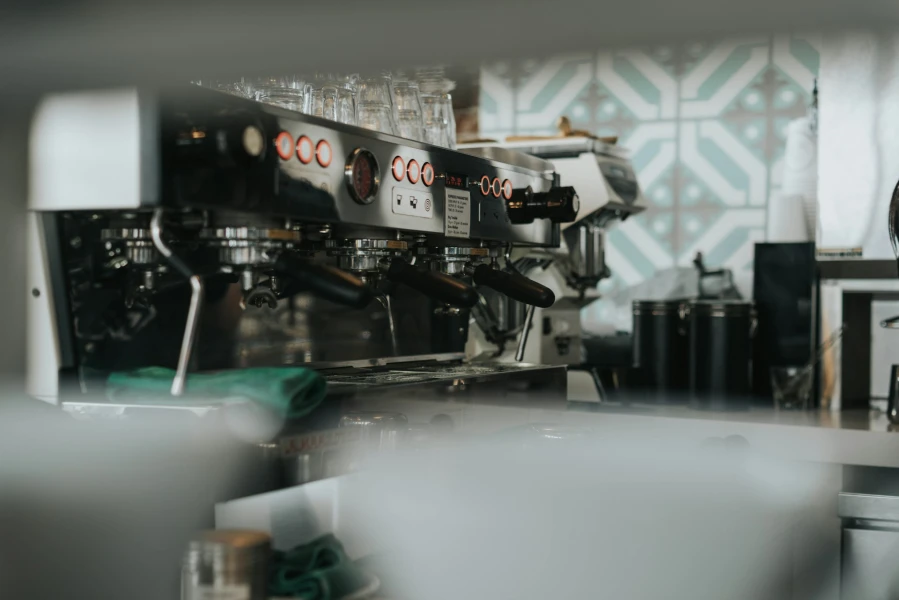Introduction to Printing Methods
The publishing world is witnessing rapid advancements in printing technologies, making it crucial for authors and publishers to understand the differences between traditional and modern methods. Print-on-demand (POD) and offset printing are two prominent choices, each with its own set of advantages and challenges.
What is Print-On-Demand?
Print-on-demand is a revolutionary printing technique that allows books to be printed individually or in small batches as orders come in. This method has gained popularity among independent authors and small publishers due to its flexibility and reduced upfront costs. POD services, such as those offered by Amazon's Kindle Direct Publishing (KDP) and IngramSpark, enable authors to publish without the need for large initial print runs.
Advantages of Print-On-Demand
- Cost Efficiency: No need for large investments in inventory, reducing financial risk.
- Flexibility: Ability to update content easily and adapt to market changes.
- Global Reach: Easier distribution through online platforms.
Limitations of Print-On-Demand
- Higher Cost Per Unit: The cost per book can be higher compared to offset printing when printing in bulk.
- Quality Variations: There may be inconsistencies in print quality, especially with color reproduction.
- Limited Customization: Options for printing materials and finishes may be limited compared to offset printing.
Understanding Offset Printing
Offset printing is a traditional printing method that involves transferring ink from a plate to a rubber blanket, and then onto the printing surface. This method is widely used for large print runs, offering high-quality production and cost-efficient bulk printing. Offset printing is favored by established publishers and for projects where large quantities are needed.
Advantages of Offset Printing
- High-Quality Output: Superior print quality, especially for images and detailed graphics.
- Cost-Effective for Large Runs: The cost per unit decreases significantly as the quantity increases.
- Versatility: A wide range of paper types, finishes, and custom printing options.
Limitations of Offset Printing
- High Initial Costs: Requires a significant upfront investment for setup and printing.
- Inventory Management: Necessitates storage and management of large quantities of printed books.
- Slower Turnaround: Longer production times compared to POD.
Choosing the Right Method for Your Needs
Deciding between print-on-demand and offset printing depends on various factors, including budget, quantity, quality requirements, and distribution strategy. For authors and publishers looking to minimize upfront costs and test the market, POD offers a flexible and low-risk option. Conversely, established publishers or those with a clear market demand might benefit from the cost efficiencies of offset printing for large runs.
Hybrid Approaches and Future Trends
The publishing industry is evolving, with many opting for hybrid approaches that combine the strengths of both POD and offset printing. As technology advances, the line between these methods continues to blur, offering more options for customization and efficiency. Innovations in digital printing technology are expected to further enhance the quality and capabilities of POD, making it an increasingly viable option for a broader range of projects.

